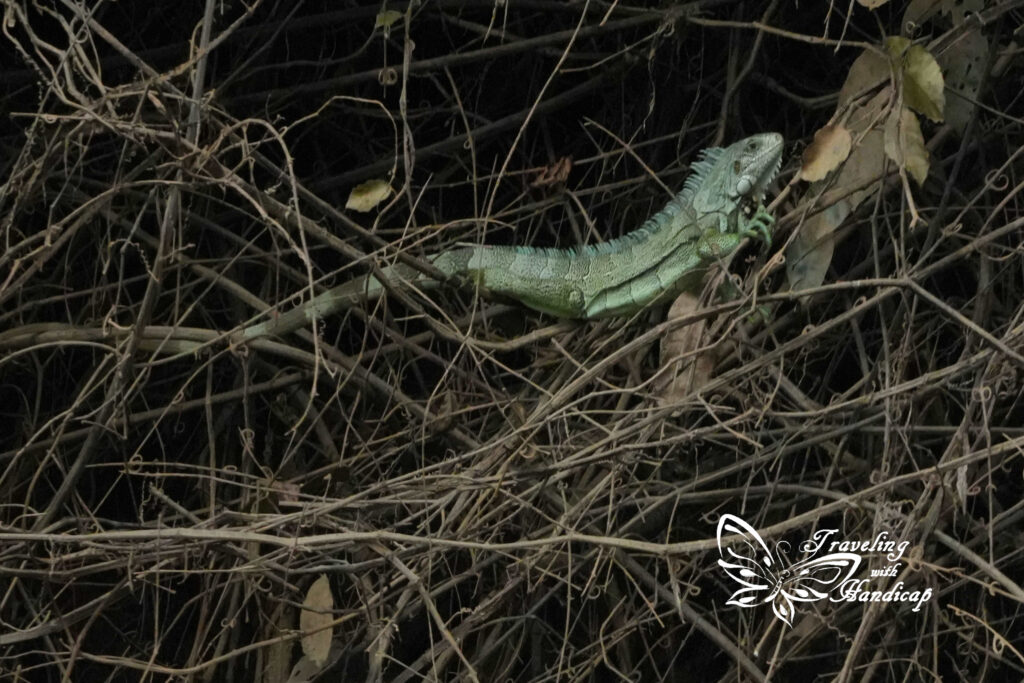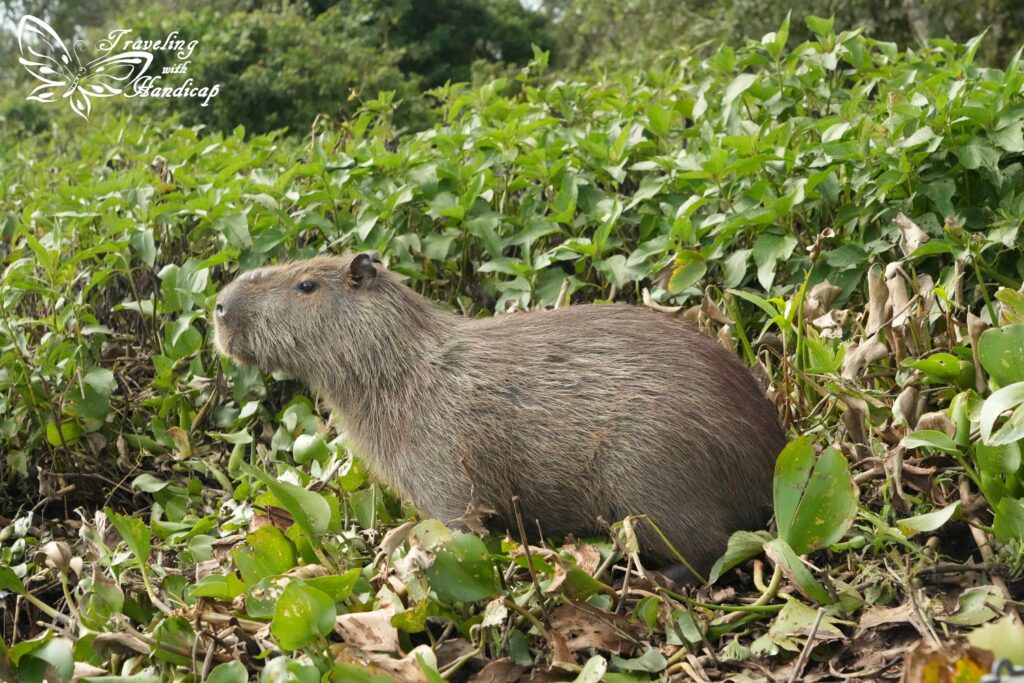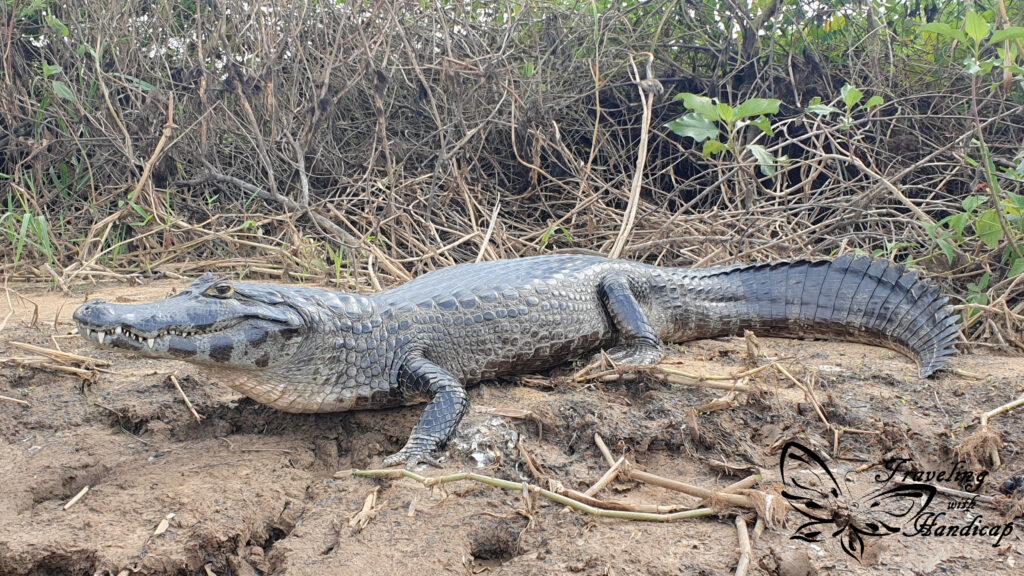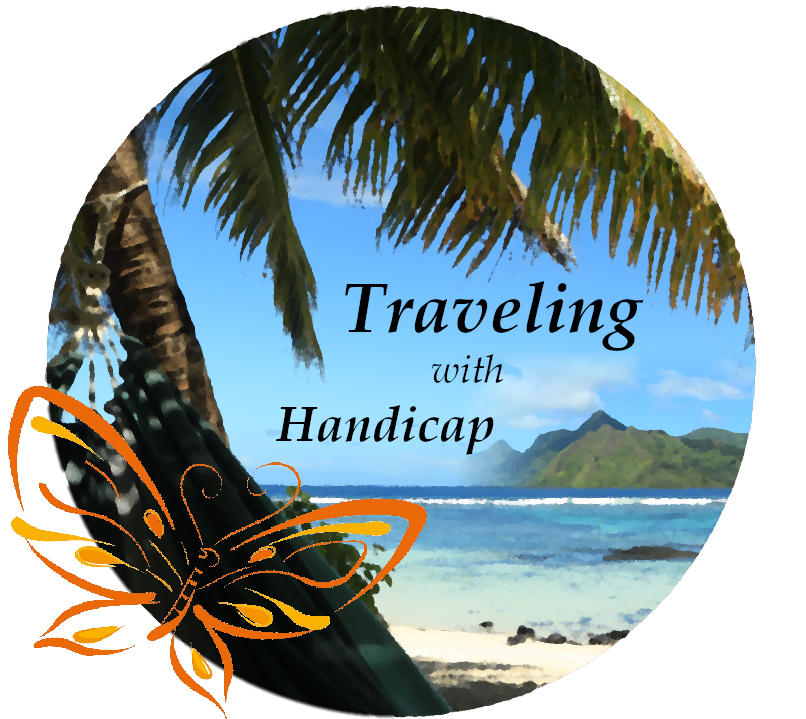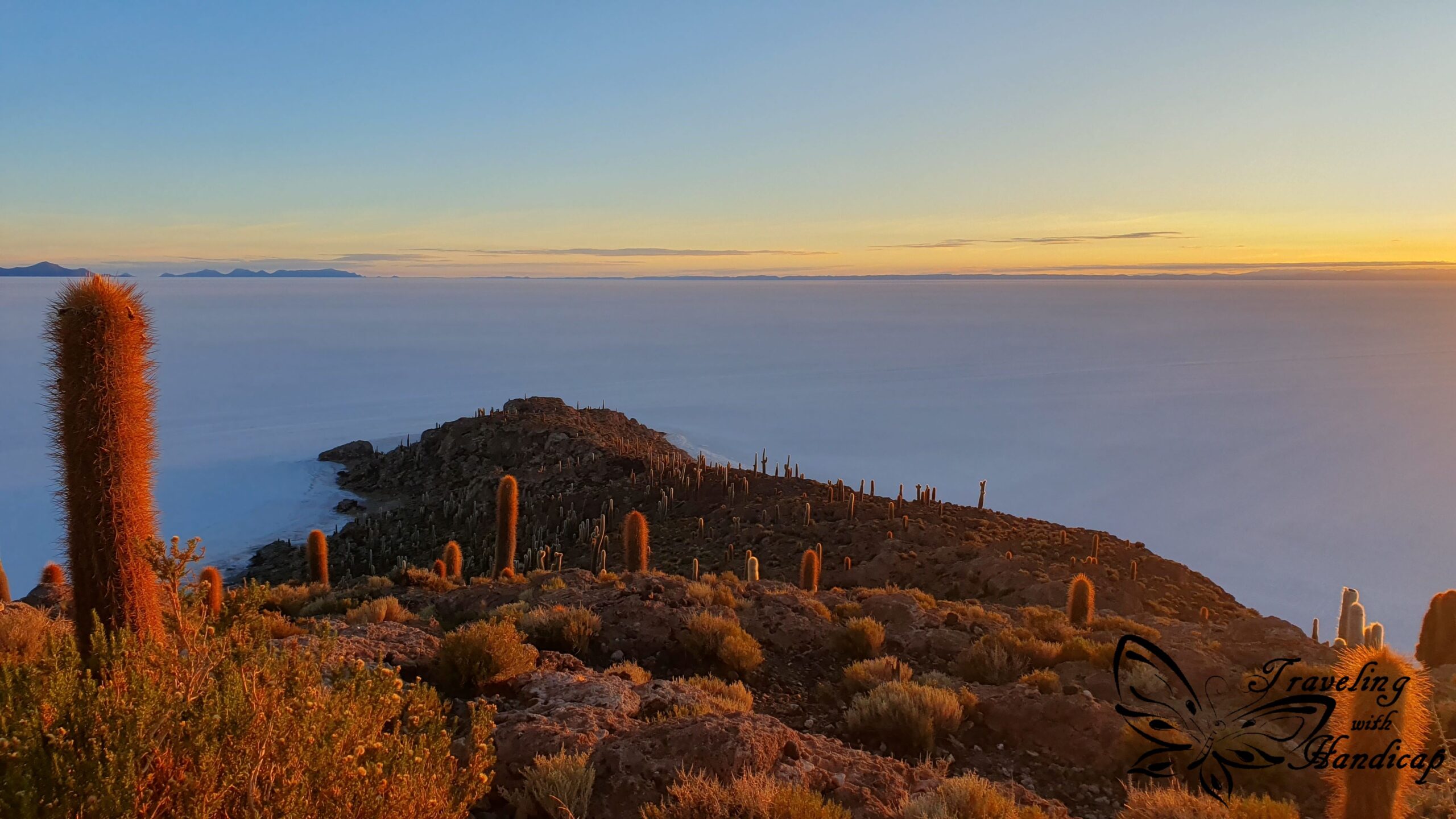Sometimes it’s the journey that teaches you a lot about your destination.
Drake
The Pantanal region
The Pantanal is a very flat region within Brazil which is as big as half of Germany and very inaccessible. As such, as an average tourist, you are only able to explore a very tiny part of it. Of course, you may focus a whole trip only on the Pantanal and try to visit as many parts as possible. However, this approach is very time-consuming. Especially, because you may enter the region from three main hubs which are not close to each other. From Cuiabá (northern Pantanal), from Corumbá (border town to Bolivia, southwestern Pantanal), or from Campo Grande (southeastern Pantanal).
With more time and a van to sleep in, I would recommend to drive around in the entire area, Corumbá, Bonito, Campo Grande, and up to Poconé, the last town south of Cuiabá before the Pantanal starts. The road connecting Corumbá and Campo Grande offers great landscape in the southern Pantanal. If you take this road, you should definitely visit Bonito (Mato Grosso), a very famous touristy spot in the southern Pantanal. Moreover, the Pantanal is known as the only region worldwide where wild Jaguars live. There are different species of Jaguars, if you spend a lot of time there (as animal photographers do), you might be lucky to spot one of the rare types once.
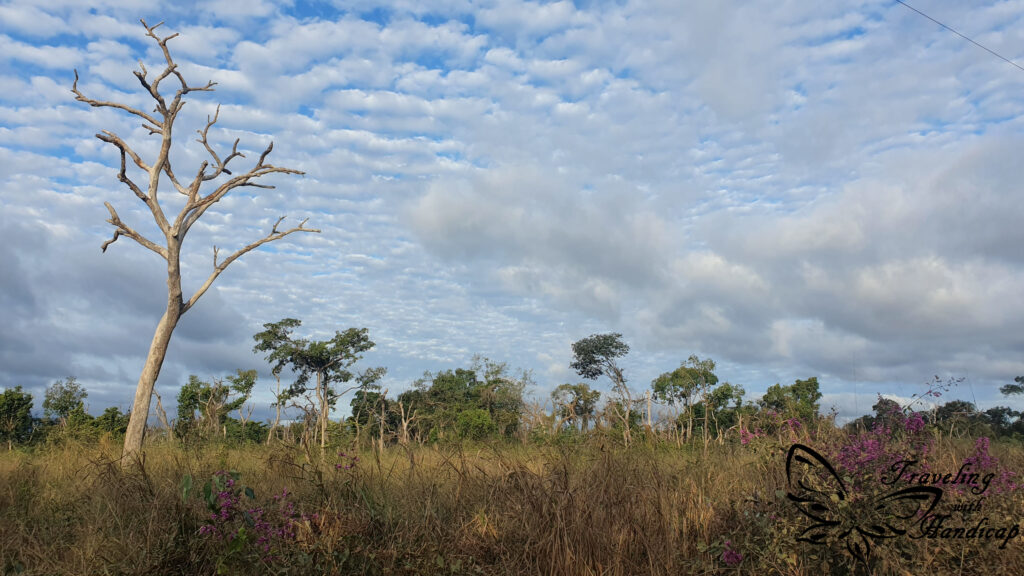
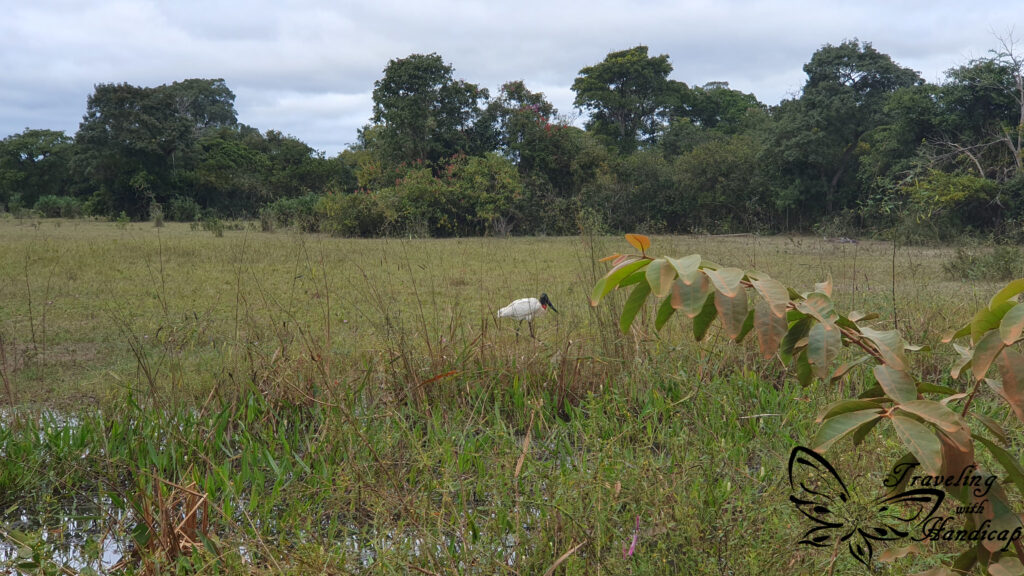
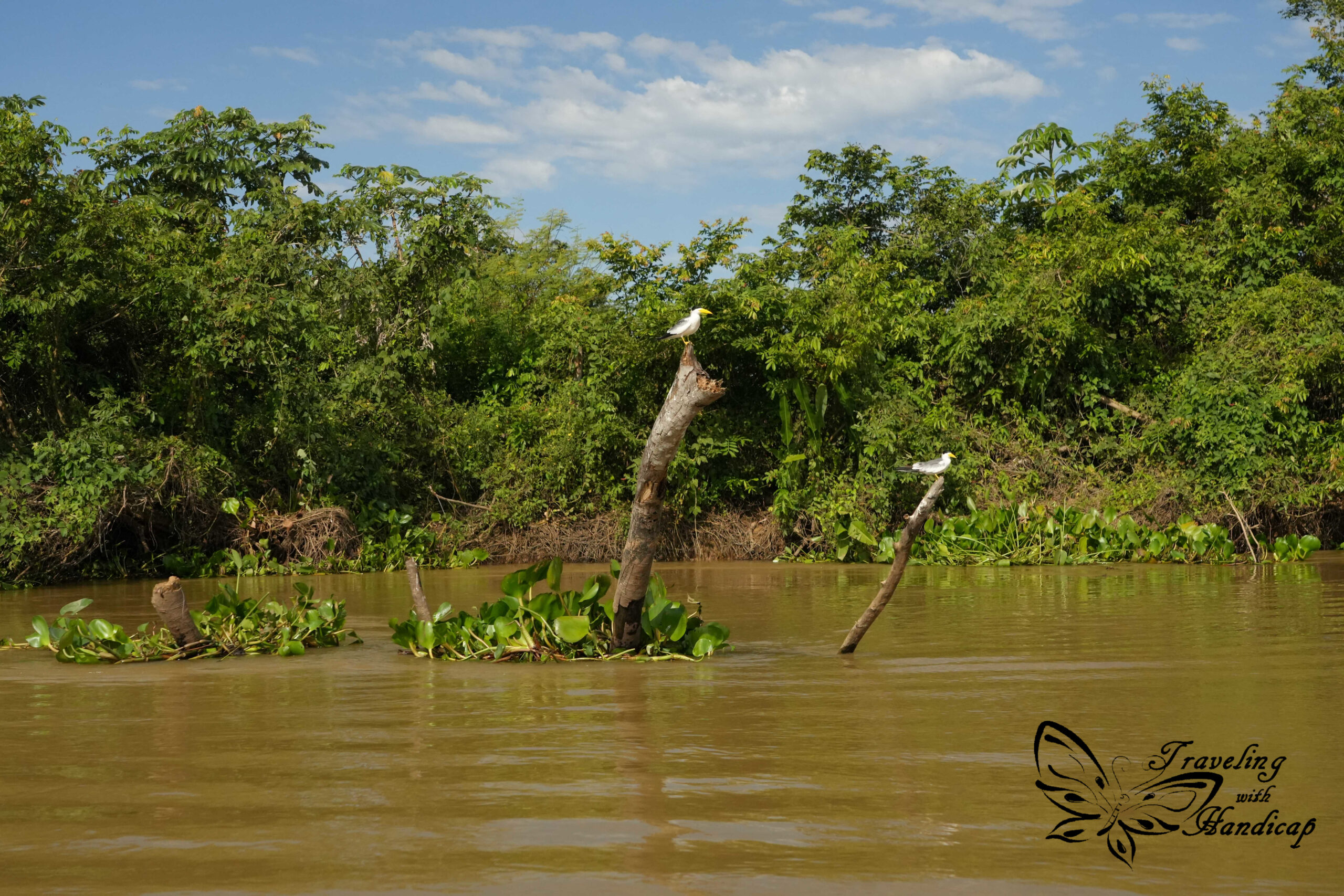
Preparing for a visit
I didn’t know about the Pantanal before meeting a couple in La Paz, Bolivia, who recommended it to me. After doing some research on TripAdvisor and cruising some websites, I was turned off by the idea of paying 2000 US-$ for 4 days. Just to be clear upfront, visiting the Pantanal is very expensive, undoubtedly more expensive than visiting the Amazon. In the end, when staying in Brasília, I decided to give it a go and book a bus ticket to Cuiabá. This town does not really offer anything apart from being the gateway to the northern Pantanal.
As I didn’t want to drive all around alone, also considering the budget it takes, I decided to visit the northern Pantanal. This is because it is much more likely to be able to see wild Jaguars within this region. In Cuiabá, I rented a car for 3 days, drove to and stayed in Porto Jofre in the northern Pantanal. You don’t need to have a car, there are transportation options to Porto Jofre. However, the transportation costs added to the hotel and tour costs would have been over my budget.
I contacted different hotels and organizations directly to get better offers than combined tours. The reason it is very expensive is that you have to pay for one room, no matter if you use it alone or with three other people. Moreover, you pay for one guide, no matter if you are alone or in a group. So if you consider visiting the Pantanal, do it as a group of 4 and contact hotels and transport services directly, this will most likely save you a lot of money.

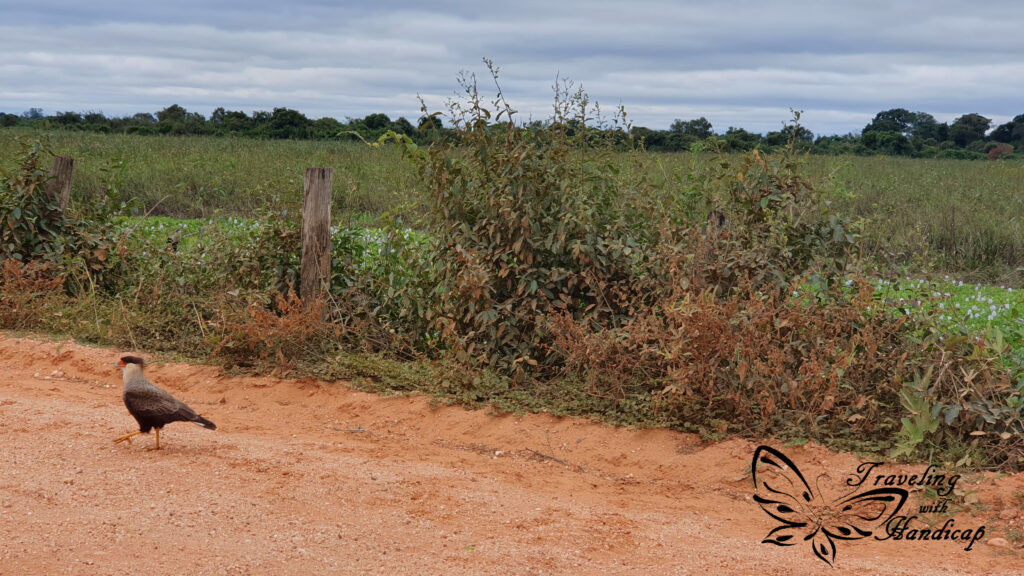
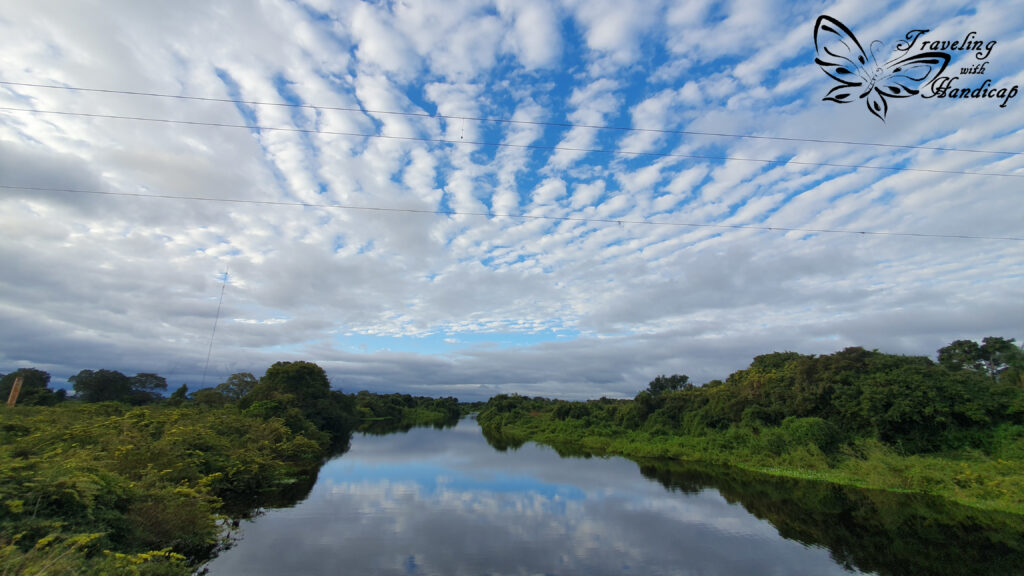
Visiting the Pantanal
As said before, I decided to visit the northern Pantanal in order to watch the Jaguars. I really wanted to see those rare animals. Honestly, other parts might have a beautiful landscape as well, but would not have been worth the effort and money to see something non-special. 😉 Moreover, I rented a car for 3 days in order to spend 2 days in the Pantanal. You never know how many Jaguars you’ll see, but I hoped 2 days would be enough. The 140 km of dirt road were quite challenging at some parts – without a 4×4 – because of the rain a few days ago. Nevertheless, I managed to drive to Porto Jofre without any incidents while other 4×4s got stuck 😀
Porto Jofre has nothing, literally. There are a few hotels/ houses to accommodate for tourists. You won’t find them on booking platforms, you need to contact them directly (through websites or numbers on Google Maps) if you don’t book an all-inclusive tour. I stayed in one hotel which was really enjoyable – just expensive as a solo traveler. From that hotel I did a one-day boat tour to spot Jaguars and other animals living in the northern Pantanal. I was lucky, I spotted 5 Jaguars within the first day, so I decided to drive the long dirt road back after the second night. So I stayed at the edge of the Pantanal before going back to Cuiabá (and flying out).
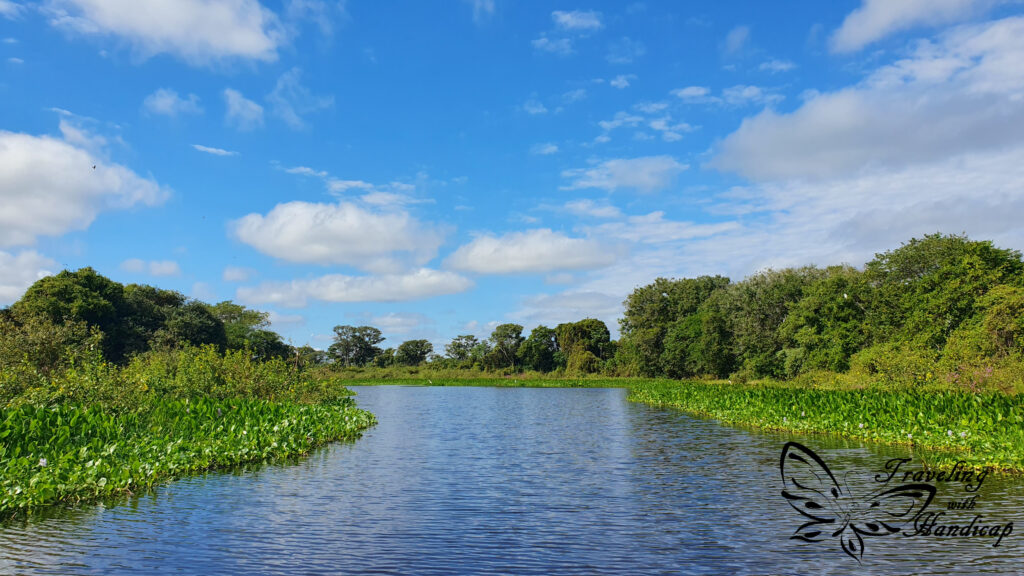

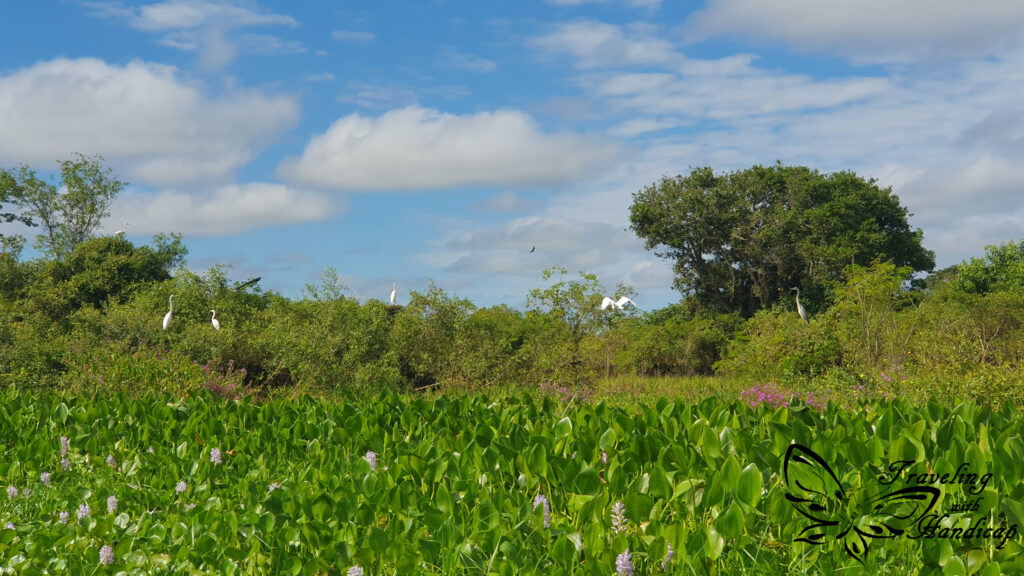
Spotting and Watching Jaguars
If you want to spot Jaguars, you need to do a boat tour. You won’t walk around in the northern Pantanal, but there are enough little rivers crawling around. Thus, there are many chances to spot a Jaguar. These boat cruises on small sightseeing boats (“lanchas” in Spanish) take approximately 10 hours. Quite a long time. Lunch is packed and stored on the boat as well as drinks. Just going to the toilet is difficult as the guide always has to find a possible and non-dangerous spot first.
I was really impressed by the first Jaguar woman we saw. We stayed for quite long, another two boats joined us watching her. She was feeding on something. I could take great pictures, but I won’t be able to print them in high resolution. This is because I didn’t bring a super zoom lens to this trip to get close-ups just by the help of the zoom. I didn’t take the lens because the more (and bigger) lenses, the heavier. Moreover, zoom lenses are among the most expensive and heavy. I’d only take one if the main goal of a whole trip is animal photography.
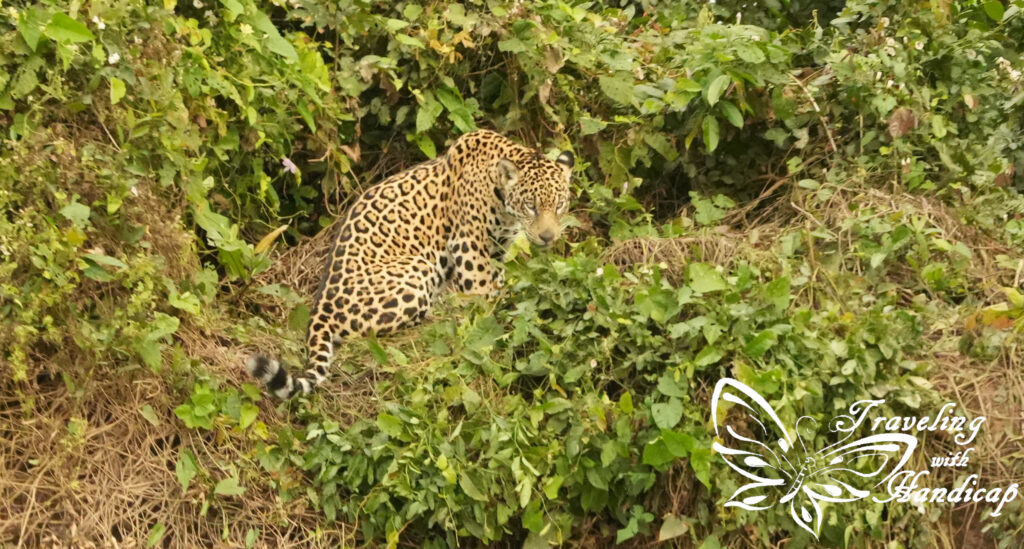
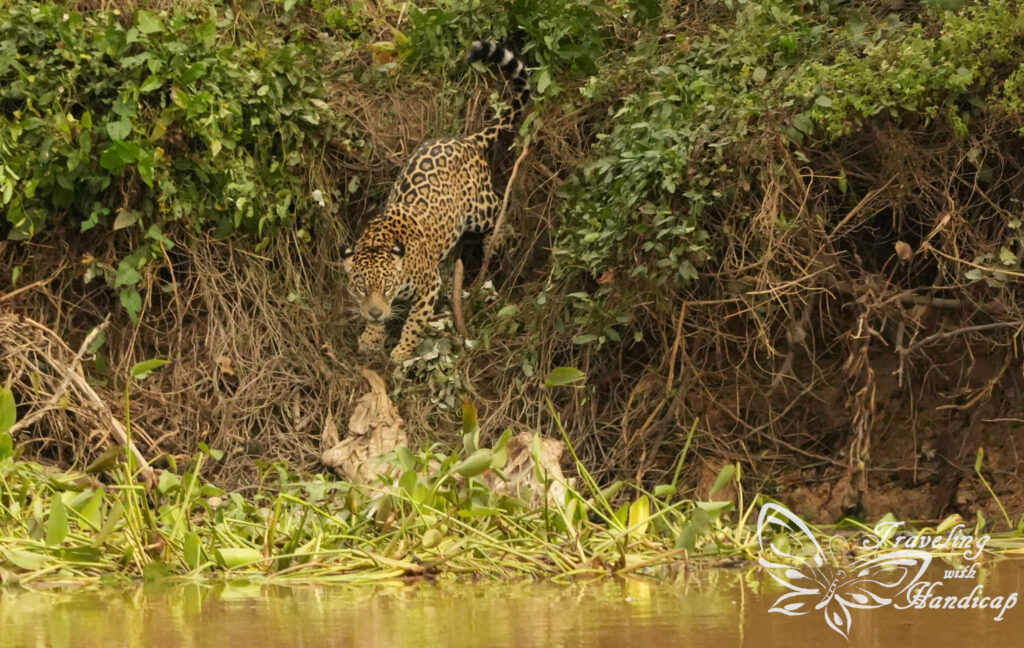

The landscape
We cruised around, the Pantanal is a super flat area with almost no trees, rather bush or grass. I figured that all Jaguars we spotted were close to some trees, so these seem to be an indicator. The landscape didn’t change much during the 10 hours on the boat, so I focused on the animals. There is an abundance of birds. I also spotted yellow anacondas, many yacare caimans, giant river otters, capybaras, and golden tegus.
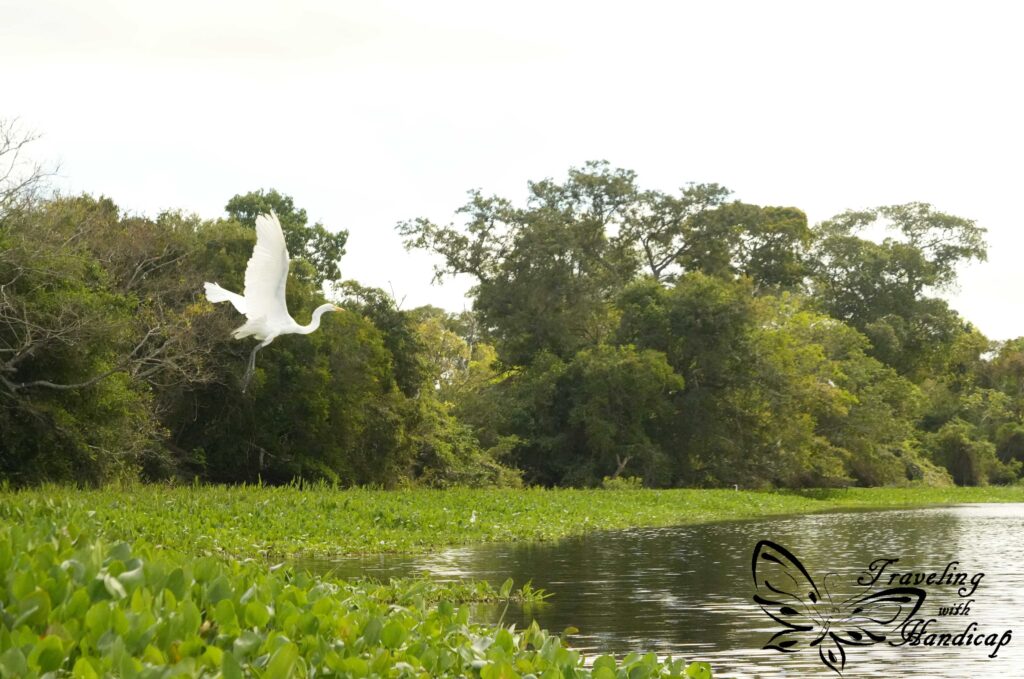

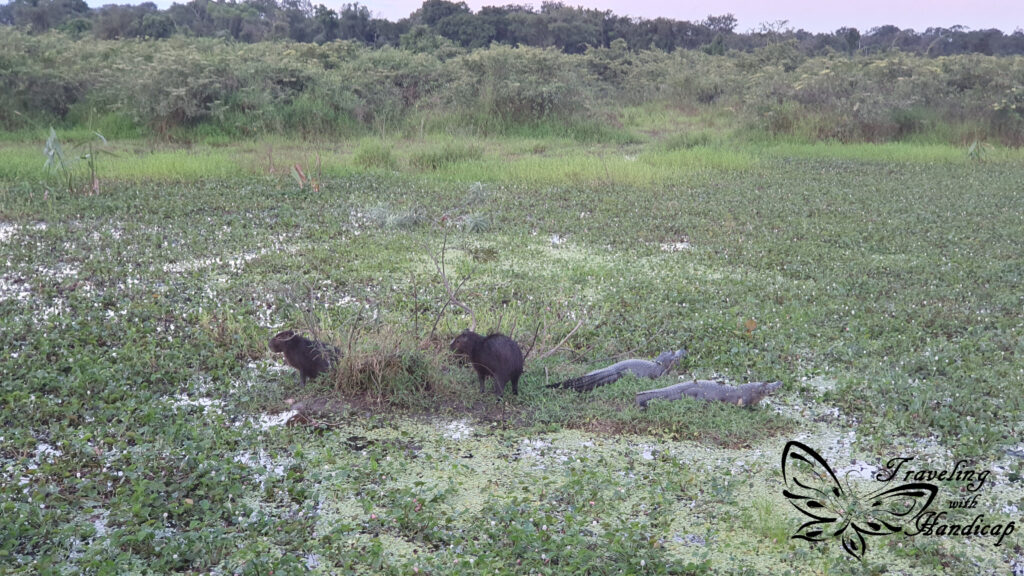
Other typical animals are hyacinth macaw, lowland tapirs, giant anteater, red-footed tortoise, marsh deer, southern tamandua and sunbittern. For some of these other animals, I am not certain whether I spotted one or the other from the car while driving. Even though some animals might be considered dangerous, you are safe in the lancha. As soon as you are approaching too closely, they run away.
